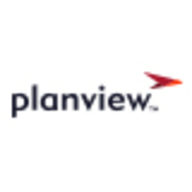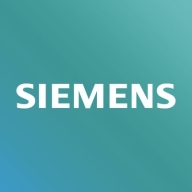

Polarion ALM and Planview AgilePlace are two contenders in the project management arena. Polarion ALM appears to have the upper hand in tool integrations and compliance needs, while Planview AgilePlace excels in flexibility and customization.
Features: Polarion ALM provides comprehensive requirements management, excellent traceability, and robust audit capabilities, which are critical for highly regulated industries. In contrast, Planview AgilePlace stands out for its visualization capabilities, efficient workflow management, and support for Kanban and Scrum methodologies, benefiting agile environments.
Room for Improvement: Polarion ALM could improve in its user accessibility and customization, as it can be complex for new users. Additionally, it might benefit from enhanced planning and management tools. Planview AgilePlace could benefit from more advanced reporting features, further integration capabilities, and more detailed customization options for complex project needs.
Ease of Deployment and Customer Service: Planview AgilePlace, with its cloud-based deployment, allows for easier adoption and minimal setup challenges, alongside strong customer support. Polarion ALM, typically requiring on-premises deployment, involves longer installation times but compensates with robust customer support to streamline this process.
Pricing and ROI: Polarion ALM might have higher initial costs due to its extensive on-premises installation, but delivers considerable ROI through its functionalities and long-term service agreements. Planview AgilePlace is seen as more cost-effective, offering flexible subscription plans and quicker ROI realization, suitable for budget-conscious organizations.
| Product | Market Share (%) |
|---|---|
| Polarion ALM | 7.2% |
| Planview AgilePlace | 1.7% |
| Other | 91.1% |

| Company Size | Count |
|---|---|
| Small Business | 2 |
| Midsize Enterprise | 3 |
| Large Enterprise | 7 |
| Company Size | Count |
|---|---|
| Small Business | 10 |
| Midsize Enterprise | 3 |
| Large Enterprise | 12 |
Planview AgilePlace is a cloud-based solution designed to provide businesses with a continuous flow of work to help teams accelerate delivery times by visualizing their work with enterprise Kanban boards and lean metrics. Planview offers project managers the visibility, resource management, and real-time analytics necessary to help their teams reduce bottlenecks and dependencies and work more effectively. By using Kanban boards, teams are able to visually track and manage the flow of their work from the strategy level, through implementation up to end-product delivery.
Planview AgilePlace Benefits
Planview helps teams to smoothly implement their strategies by offering its users the following benefits:
Reviews from Real Users
Planview AgilePlace stands out among its competitors for a number of reasons. Several major ones are its user-friendly management pane, the visibility that it provides for its users, and its agile management capabilities.
A manufacturing manager at a large manufacturing company writes, “Using the tool seems to save time versus trying to do things in a regular manner. It is highly collaborative; everybody can see things in one place. It is a highly functional, but pretty simple tool. That is hard to find: A tool that has a lot of functions, but is also simple.”
The world’s first 100% browser-based ALM enterprise solution, which enables seamless collaboration across disparate teams, multi-directionally linked work items, full traceability, accelerated productivity and automated proof of compliance.
We monitor all Application Lifecycle Management (ALM) Suites reviews to prevent fraudulent reviews and keep review quality high. We do not post reviews by company employees or direct competitors. We validate each review for authenticity via cross-reference with LinkedIn, and personal follow-up with the reviewer when necessary.